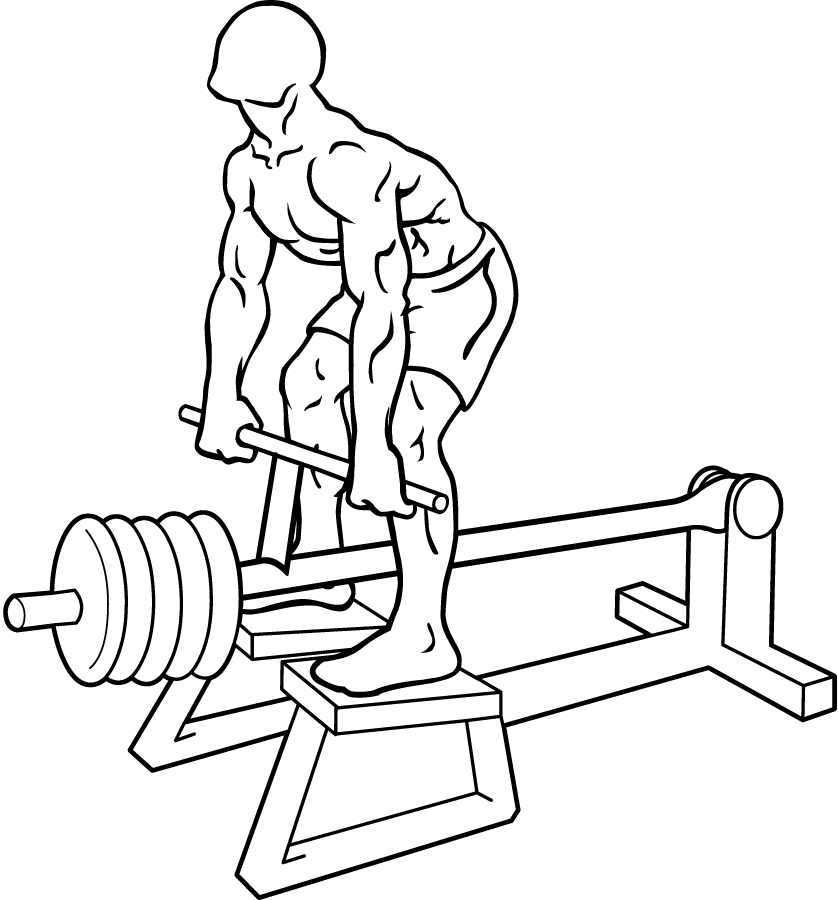Last Updated on January 27, 2025
When it comes to building a strong, balanced upper body, the T-Bar Rows is an unsung hero. Often overshadowed by flashier lifts like deadlifts or bench presses, this compound exercise is a powerhouse for targeting the middle back, biceps, and shoulders while promoting functional strength and posture. Whether you’re a seasoned lifter or a gym newbie, mastering the T-Bar Row can transform your back workouts. In this comprehensive guide, we’ll break down everything you need to know about this exercise—from its benefits to step-by-step execution, variations, and pro tips to avoid common pitfalls.
Why T-Bar Rows Deserve a Spot in Your Routine
The T-Bar Rows isn’t just another back exercise; it’s a multi-muscle builder with far-reaching benefits:
- Middle Back Development
The rhomboids, latissimus dorsi (lats), and trapezius (traps) are the stars of this movement. Strengthening these muscles enhances posture, reduces upper back pain, and creates that coveted “V-taper” physique. - Bicep Engagement
Unlike isolation curls, T-Bar Rows work the biceps synergistically with the back. This functional strength translates to better performance in pulling movements like pull-ups or everyday tasks. - Shoulder Stability
The rear deltoids (back of the shoulders) are activated during the rowing motion, which helps balance shoulder development and prevent injuries caused by overemphasizing chest exercises. - Core Strength
Maintaining a bent-over position forces your abs and lower back to engage as stabilizers, promoting a stronger core and better spinal alignment. - Improved Posture
By counteracting the slouched posture caused by sitting or phone use, T-Bar Rows strengthen the muscles responsible for pulling your shoulders back and spine upright.
How to Perform T-Bar Rows with Perfect Form
Follow these steps to maximize results and minimize injury risk:
Step 1: Set Up the Machine
Position yourself on a T-Bar Row machine, straddling the barbell with feet shoulder-width apart. If your gym doesn’t have a dedicated machine, you can create a DIY version by anchoring one end of a barbell in a corner or landmine attachment.
Step 2: Grip and Stance
Bend your knees slightly, hinge at the hips, and lean forward until your torso is nearly parallel to the floor. Keep your spine neutral (no rounding!) and engage your core. Grip the handles with a narrow, overhand grip—this targets the middle back more intensely.
Step 3: Execute the Pull
- The Pull: Drive your elbows back, squeezing your shoulder blades together as you pull the bar toward your chest. Focus on using your back muscles rather than yanking with your arms.
- The Squeeze: Pause for 1–2 seconds at the top of the movement to maximize muscle contraction.
- The Lowering Phase: Control the bar as you return to the starting position, resisting the urge to let gravity do the work.
Step 4: Repeat
Aim for 3–4 sets of 8–12 reps, adjusting weight based on your fitness level.
Pro Tips for Maximizing Your T-Bar Rows
- Keep Your Back Straight
Rounding your spine shifts strain to the lower back. Imagine a rod running from your head to your tailbone to maintain neutrality. - Elbows In, Shoulders Back
Flaring your elbows outward reduces back engagement and stresses the shoulders. Keep elbows close to your ribs to prioritize the lats and middle back. - Mind the Momentum
Avoid using your hips or legs to “cheat” the weight up. Slow, controlled reps yield better gains. - Breathe Strategically
Exhale as you pull the bar up; inhale as you lower it. Proper breathing stabilizes your core. - Warm Up First
Prep your back and shoulders with dynamic stretches or light resistance band rows.
Variations to Keep Your Workouts Fresh
- Wide-Grip T-Bar Rows
Using a wider grip shifts emphasis to the upper lats and outer back muscles. - Single-Arm T-Bar Rows
Perform the exercise one arm at a time to address muscle imbalances and enhance core stability. - Chest-Supported Rows
Use an incline bench to support your chest, reducing lower back strain (ideal for beginners or those with back issues). - Weighted Plates vs. Handles
Some machines allow you to load plates directly onto the bar. For a neutral grip, use a V-handle attachment.
Common Mistakes to Avoid
- Rounding the Back: This turns a back exercise into a lower back injury risk. Reset your form if you can’t maintain neutrality.
- Overloading the Weight: Heavy weights often lead to poor form. Prioritize technique over ego lifting.
- Partial Reps: Pulling the bar only halfway limits muscle engagement. Use a full range of motion for full benefits.
- Rushing the Movement: Speed sacrifices control. Aim for a 2-second pull, 1-second hold, and 3-second lowering phase.
Incorporating T-Bar Rows into Your Routine
Pair T-Bar Rows with other back exercises like lat pulldowns or deadlifts for a balanced workout. For hypertrophy, use moderate weights and higher reps (10–12). For strength, go heavier with 6–8 reps. Always allow 48 hours of recovery between back sessions.
Final Thoughts
The T-Bar Row is a versatile, efficient exercise that builds strength, posture, and muscle definition. By mastering its form and variations, you’ll unlock a stronger, more resilient upper body. Remember: consistency and proper technique trump heavy weights every time. Now, step up to that T-Bar and row your way to a powerful back!








